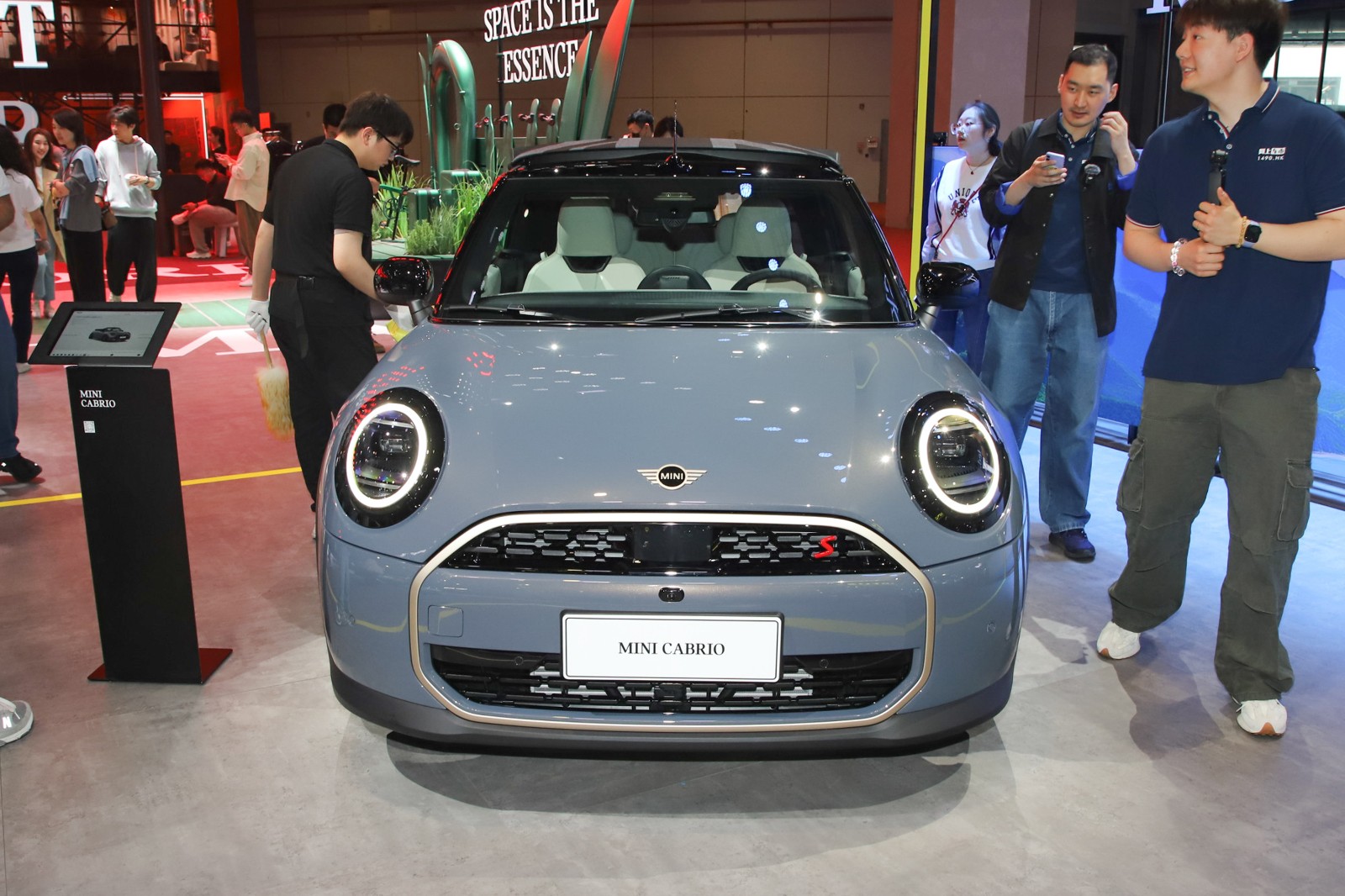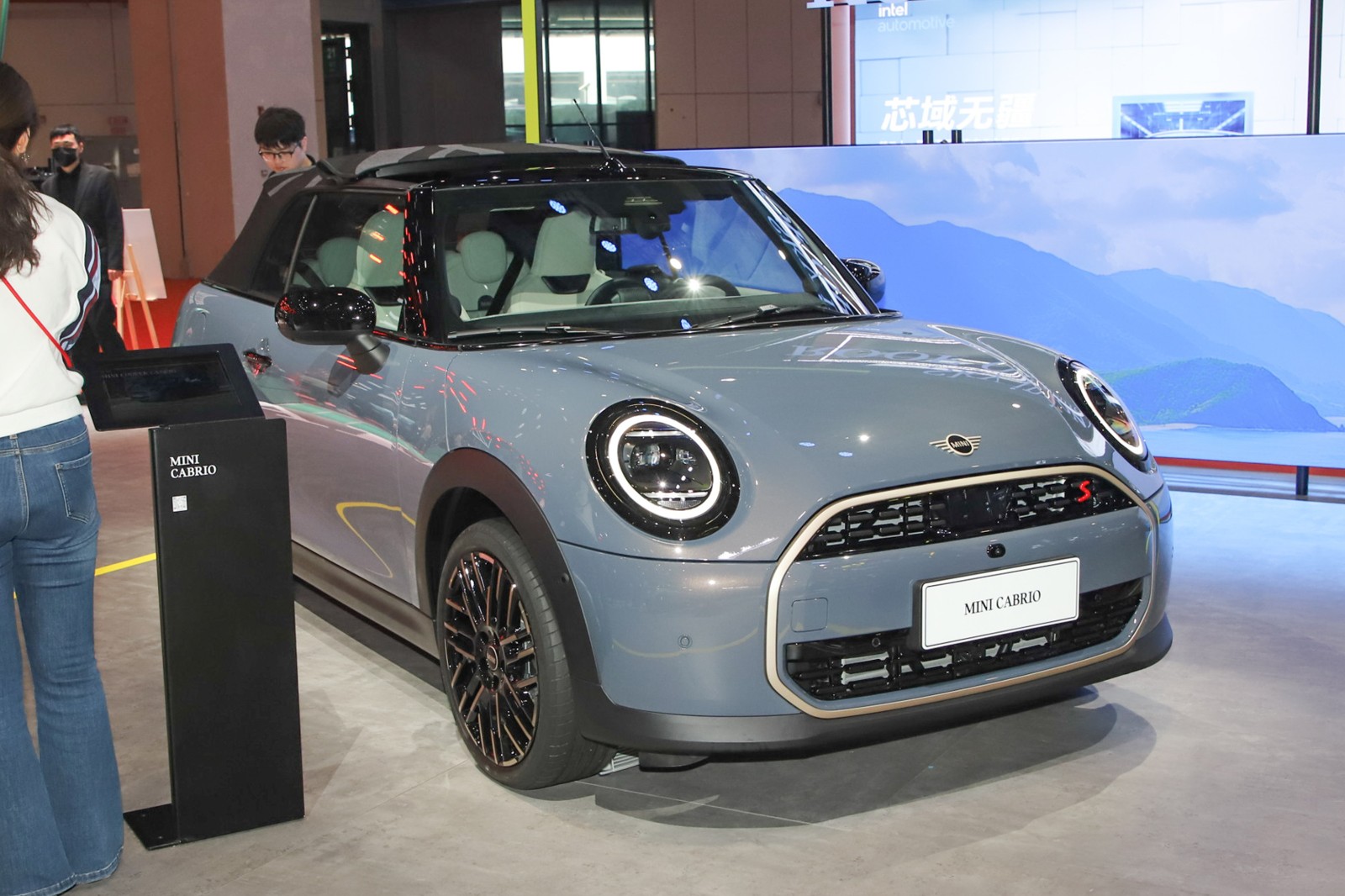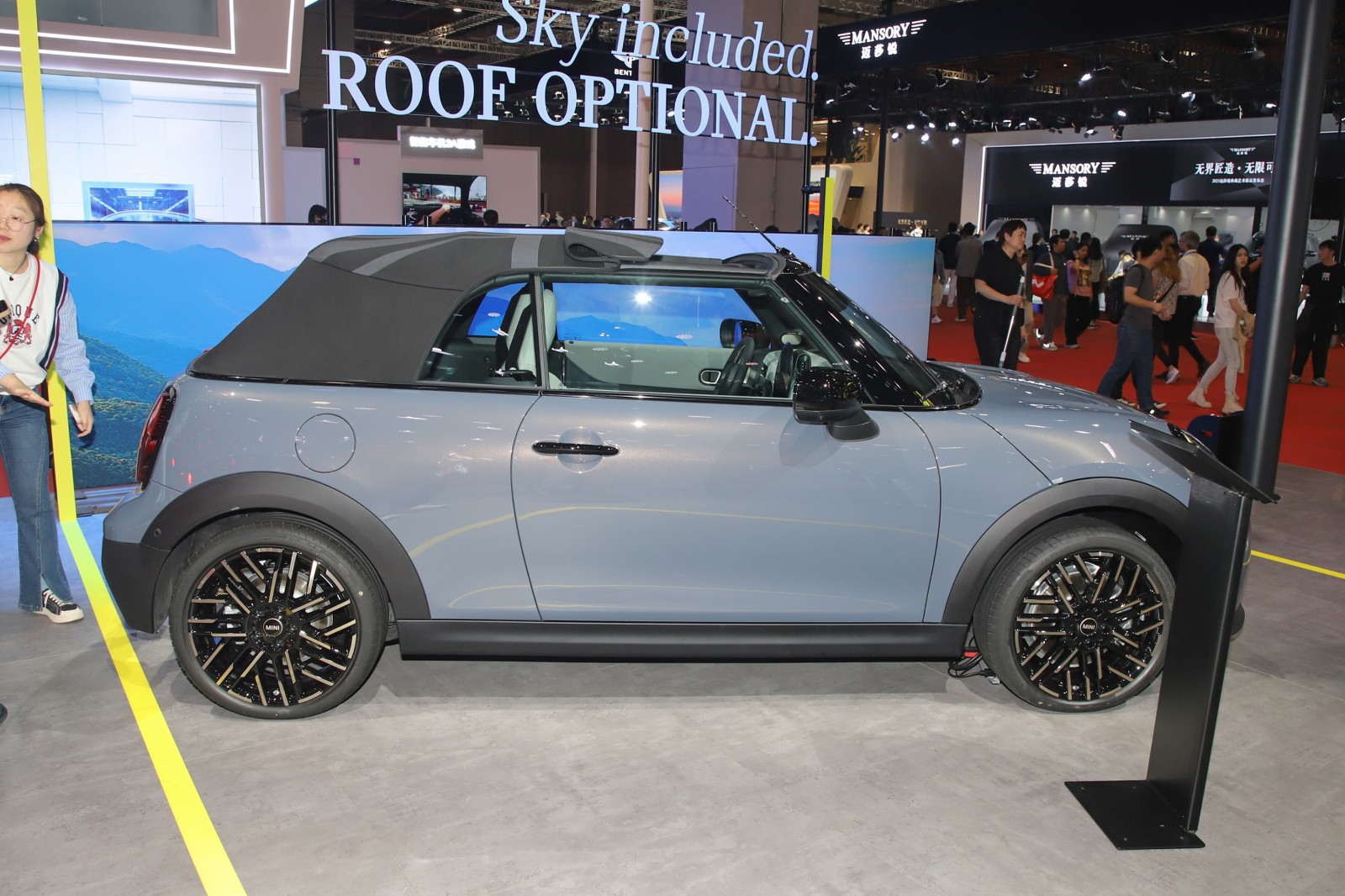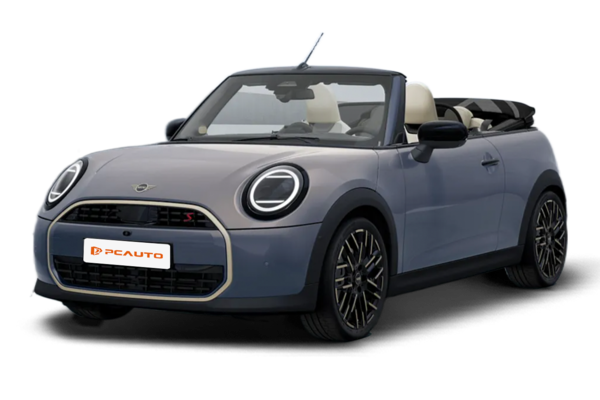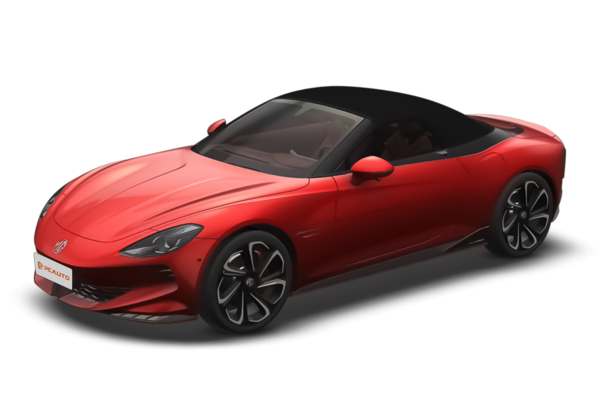Q
How to turn on AC Honda Civic 2022?
To fire up the AC in your 2022 Honda Civic, first make sure the car's running. Then, hunt down the button on the center console marked "A/C" or "air conditioner" – give that a press, and you're good to go for cooling. Tweaking the temp is easy: either twist the temperature control knob or tap the virtual buttons on the touchscreen. The fan speed buttons handle how much air blows out. For the sweet spot between comfort and not guzzling extra fuel, we'd suggest setting it around 22-24°C.
This Civic comes with auto climate control too. Hit the "AUTO" button, and the system uses its sensors to sort out the fan speed and temperature automatically – pretty handy. There's also a "SYNC" button to match the driver and passenger side temps if you want everyone on the same page.
Living in Malaysia's hot, sticky weather? Do yourself a favor and check the cabin air filter regularly. A clean filter keeps the AC cranking efficiently and the air inside fresh. If you notice the cooling isn't as strong as it used to be, it might be low on refrigerant or the filter's clogged – best to swing by an authorized Honda service center to get that sorted.
Honda designed the Civic's AC system to balance efficiency and comfort. Using it smart not only makes your drive more pleasant but also helps keep fuel costs down and the system running strong for longer.
Q
What are the trim levels for the EQB 2022?
The 2022 Mercedes-Benz EQB is available in Malaysia with two primary trim options: the EQB 250+ and the EQB 350 4MATIC. The EQB 250+ serves as the entry point, packing a single front-mounted electric motor that delivers 190 horsepower. It offers a claimed WLTP range of 423 kilometers. Standard kit here includes the 10.25-inch dual-screen setup, MBUX infotainment system, panoramic sunroof, and a suite of active safety features.
Stepping up to the EQB 350 4MATIC brings a dual-motor all-wheel-drive configuration, bumping power output to a healthy 292 horsepower. Range takes a slight hit, coming in at 419 km WLTP, but you gain the sportier AMG Line package, adaptive suspension, and other upgrades, making it the pick for those who value performance.
Both variants support 110kW DC fast charging, which can take the battery from 10% to 80% in around 32 minutes. Positioned as a compact electric SUV in Mercedes' EQ lineup, the EQB's main rivals in Malaysia include the BMW iX1 and Volvo XC40 Recharge. A key advantage for the EQB is its availability with an optional third row, offering seven seats and adding a practical family-friendly dimension.
It's worth highlighting that electric vehicles in Malaysia benefit from import duty and sales tax exemptions, which significantly boost the EQB's value proposition. However, real-world range might dip slightly below the claimed figures due to Malaysia's hot climate. If you're considering one, we'd strongly recommend a test drive to experience both charging convenience and how the air conditioning affects overall energy consumption.
Q
What are the Haval H6 Issues? Learn Before You Buy
As a popular SUV, the Haval H6 has gained quite a bit of attention from car owners in Malaysia. While many appreciate its value and features, a few common issues have been noted by users. For instance, earlier models may experience slight jerks at low speeds, especially in slow-moving traffic. Regular servicing can help keep the transmission smooth and responsive. Some drivers have also reported that the infotainment system may feel a bit sluggish after extended use, though this can often be improved with software updates.
Given its relatively large size, new drivers might need some time to get comfortable with parking or navigating through tight spaces. That said, the H6 continues to win praise for its roomy cabin, especially generous rear legroom, and well-equipped interior. Its advanced driver assistance features also add to the overall convenience and safety.
For Malaysian conditions, the hot and humid climate means components like the battery and air-conditioning system need a bit more attention. Regular checks on the cooling system and battery health are recommended to avoid performance issues in the long run.
All things considered, the Haval H6 remains a strong contender in its segment. If you are thinking about getting one, it is a good idea to take it for a test drive and talk to local dealers about the warranty coverage they offer. You might also want to check out real user reviews from local car owner communities to get a better sense of the long-term ownership experience.
Q
Are Dodge Chargers quiet?
The noise insulation performance of the Dodge Charger depends on the specific model and configuration. Generally speaking, the base version equipped with a V6 engine has a moderate noise control under normal driving conditions. The sound - proof materials inside the car can effectively filter out most of the road noise and wind noise. However, high - performance versions such as the Charger SRT or Hellcat have a more obvious exhaust sound during acceleration due to their large - displacement V8 engines and sporty tuning, which are more suitable for users who pursue driving excitement.
For Malaysian consumers, the local hot climate may affect tire noise. It is recommended to choose high - end models equipped with active noise cancellation technology or upgraded sound - proof glass to improve quietness. It's worth noting that American muscle cars like the Charger are not originally designed for ultimate quietness but rather to balance performance and comfort. If you have higher requirements for noise insulation, you can consider installing third - party sound - proof materials or choosing the luxury packages provided by the original factory.
Among vehicles in the same class, different brands have different tuning concepts for NVH (Noise, Vibration, Harshness). German cars usually pay more attention to high - speed quietness, while Japanese cars focus on sound insulation under low - speed urban driving conditions. Consumers should make a trade - off based on their own needs.
Q
How far can a 2018 Volvo XC90 go on a full tank?
The fuel tank capacity of the 2018 Volvo XC90 is approximately 71 liters. According to official data, its combined fuel consumption is around 8.5 liters per 100 kilometers. So, when the tank is full, it's expected to travel about 835 kilometers. However, the actual range will be affected by factors such as driving habits, road conditions, and vehicle load.
In Malaysia, due to heavy urban traffic and less high - speed driving, the actual range might be slightly lower than the official figures. It is recommended that car owners regularly maintain their vehicles to ensure fuel efficiency.
As a luxury SUV, the Volvo XC90 is well - known for its safety and comfort. The Drive - E engine technology it's equipped with strikes a good balance between fuel economy and power performance, making it suitable for long - distance trips and family use.
If owners want to further improve fuel efficiency, they can avoid sudden acceleration and braking, and keep the tire pressure within the recommended range.
Q
how fast can a honda civic type r go
One of Malaysia's top picks for an affordable runabout, the Perodua Bezza comes with a range of prices depending on the trim and specs. For the 2023 model year, you're looking at starting around RM34,580 for the base 1.0L Standard G with a manual gearbox, up to RM49,980 for the fully-loaded 1.3L Advance AT. Keep in mind, these numbers might shift a bit with promotions or regional variations.
What really sells the Bezza is its fuel sipping nature. The 1.0L variant can hit an impressive 22km per liter, while the 1.3L steps things up with DVVT (Dual VVT-i) tech, balancing a bit more pep with still-decent fuel economy. Safety-wise, all Bezzas come standard with dual airbags, ABS with EBD, and ISOFIX child seat anchors. Move up to the higher trims, and you'll get the ASA 3.0 suite – that's Advanced Safety Assist with forward collision warning and automatic emergency braking.
A big plus? It boasts the largest boot in its class at 508 liters, which is a godsend for family errands or weekend getaways. Being locally assembled (CKD), the Bezza also qualifies for Malaysia's EEV (Energy Efficient Vehicle) incentives, making it even more wallet-friendly. If you're eyeing the used market, a 3-year-old Bezza typically holds onto around 60% of its value, which speaks to its strong resale standing.
As always, swing by your nearest authorized Perodua dealer to grab the latest quotes and don't forget to shop around for the best loan interest rates before signing on the dotted line.
Q
Is BMW I7 Worth Buying? Check out Its Features Here
As the flagship all-electric sedan of the brand, the BMW i7 is truly worth considering for Malaysian consumers. It combines cutting-edge electric technology with a luxurious and comfortable experience. It is equipped with the fifth-generation eDrive electric drive system, offering a range of up to 625 kilometers (WLTP standard), which is suitable for both local urban commuting and long-distance travel. The dual-motor all-wheel-drive version has a power output of 544 horsepower and can accelerate from 0 to 100 km/h in just 4.7 seconds, showing excellent performance. The interior is equipped with a 31-inch 8K rear-seat theater screen, automatic doors, and interior trim with a crystal-like texture, highlighting a sense of luxury. The adaptive air suspension and noise insulation technology can adapt to the diverse road conditions in Malaysia.
It should be noted that for all-electric vehicles, the home charging conditions need to be evaluated. Although the charging pile network in Malaysia is gradually improving, compared with traditional fuel vehicles, charging time still needs to be planned. Competitors in the same class, such as the Mercedes-Benz EQS or the Audi e-tron GT, also have their own characteristics. It is recommended that consumers make a comprehensive consideration based on their budget, design preferences, and the convenience of after-sales service points. The BMW i7 is more suitable for buyers who pursue a sense of technological ceremony and brand heritage, and its five-year battery warranty policy also reduces concerns about long-term use.
Q
how to book Proton X50
Looking to get your hands on a Proton X50? Here’s how to lock one in through official channels. First up, head over to Proton’s official website. There, you can pick the X50, then spec it out with your favorite color, interior trim, and any extra accessories you want. After that, just fill in your details and choose a nearby Proton dealership to handle the rest of the process. Alternatively, you can swing by a Proton dealership in person – their sales advisors will walk you through the booking. Some dealers even let you put down a deposit online to secure your ride.
The Proton X50’s been a hit for good reason. Under the hood, there’s a peppy 1.5-liter turbocharged engine, and with multiple drive modes, it’s just as at home zipping around the city as it is eating up highway miles. The smart tech stuff, like the Advanced Driver Assistance System (ADAS), also gives you an extra layer of safety on the road.
Before you hit that “book now” button, though, it’s worth comparing the specs and prices of different X50 variants. Keep an eye out for any current Proton promotions or financing deals too – you don’t want to miss out on a better offer. And hey, why not schedule a test drive? Nothing beats getting behind the wheel to feel how it performs firsthand. That way, you’ll know for sure it’s the right pick for you.
Q
What is the engine size of the 2019 Subaru XV?
For the Malaysian market, the 2019 Subaru XV comes with a single engine option: a 2.0-liter horizontally opposed four-cylinder naturally aspirated unit (the FB20 powerplant). This boxer engine cranks out 156 horsepower and 196 Nm of peak torque, paired exclusively with Subaru's Lineartronic continuously variable transmission (CVT) and their renowned Symmetrical All-Wheel Drive system.
Subaru's signature boxer layout isn't just a gimmick here. It drops the center of gravity, which really helps with cornering stability – a big plus on Malaysia's twisty backroads. The standard direct fuel injection also does its bit for better fuel economy, making it a solid fit for both our winding routes and rainy season conditions.
Now, one of the perks of a boxer engine is inherently less vibration and smoother operation. But, like any precision piece of engineering, it does demand regular maintenance to keep it running strong for the long haul. Subaru recommends oil changes and basic service every 10,000 kilometers for XV owners in Malaysia, which is pretty standard for modern engines.
What's interesting is how this sets the XV apart from rivals like the Honda CR-V or Mazda CX-5, which both use more common inline-four engines. Subaru's commitment to the boxer layout speaks to their focus on driving feel and that unique "Subaru character" – it's not just about raw power, but how the car handles and responds. At the end of the day, it really comes down to personal preference: do you value that traditional, proven inline setup, or are you drawn to the slightly more specialized, driver-focused nature of Subaru's boxer technology? Both have their merits, and that's part of what makes the compact SUV segment so competitive these days.
Q
Is the 2023 Nissan Leaf a safe car?
The 2023 Nissan Leaf performs well in terms of safety. It is equipped with a number of active and passive safety technologies, including intelligent emergency braking, lane-keeping assist, blind-spot monitoring, and rear cross-traffic alert systems. These features help reduce the chances of accidents. Meanwhile, the car has received a five-star rating in the European NCAP safety test, demonstrating its reliability in collision protection. For Malaysian consumers, the Leaf's safety configuration is relatively comprehensive among electric vehicles in the same class, especially providing effective assistance in common unexpected situations during city driving. It's worth mentioning that the battery safety of electric vehicles is also an important consideration. The Leaf uses a lithium-ion battery pack that has undergone rigorous testing and is equipped with a battery management system to ensure stability. If you're considering buying an electric vehicle in Malaysia, apart from safety, you can also pay attention to the convenience of local charging facilities and the government's tax incentive policies for electric vehicles, as these factors will all affect your daily driving experience. Overall, the 2023 Leaf is an electric vehicle option with satisfactory safety performance and suitable for urban commuting.

